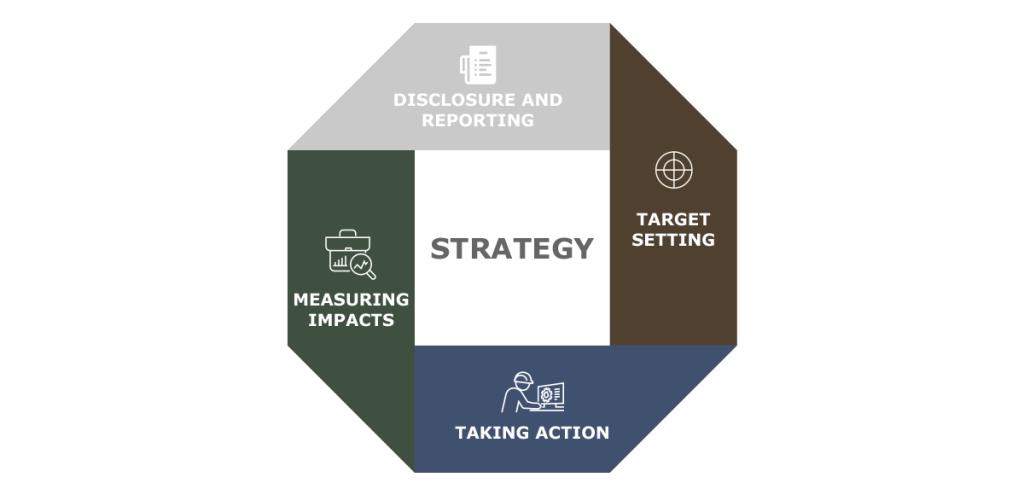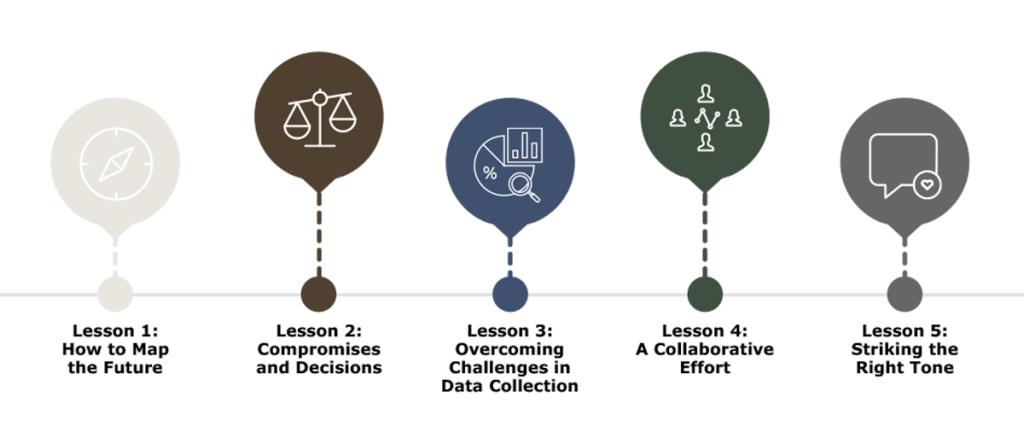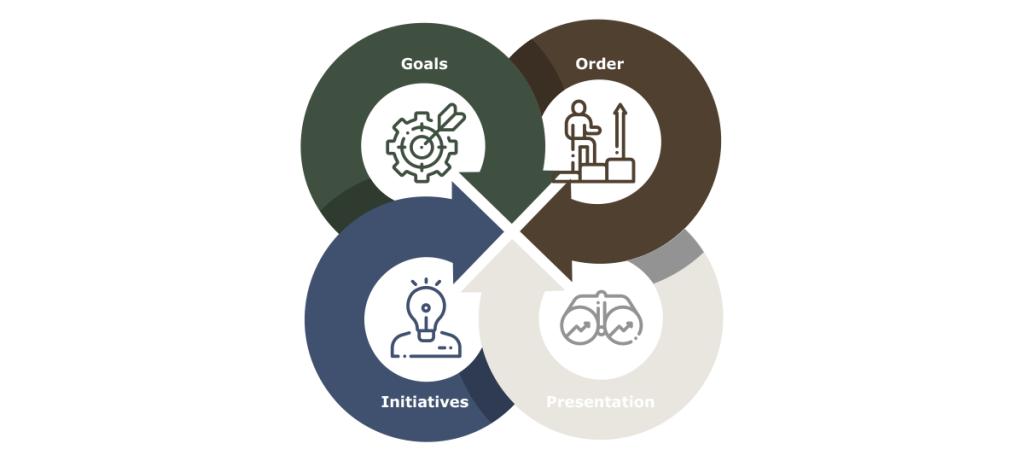
Net Zero Pathways 101: A Crash Course in Building a Comprehensive Climate Action Pathway
Developing a net zero roadmap or decarbonisation strategy is no simple task, it is a journey filled with challenges, opportunities, decisions, and compromises.
This article explores the process of beginning to craft your own net zero pathway, using insights from a recent report for an EU Utility drafted by AFRY.

Heightened environmental ambition by corporates and consumers has ushered in an era of elevated regulatory scrutiny to distinguish between greenwashing and genuine climate action. Companies find themselves navigating a landscape brimming with new reporting requirements, intensified transparency, and increased green expectations. Beyond merely distinguishing their TCFD from their ISSB or their SBTI from their GRI, companies must now forge a robust strategic pathway that demonstrates their commitment to achieving net-zero. This strategic blueprint must integrate disclosure and reporting, target establishment, proactive measures, and impact assessment, presenting their approach confidently to consumers, investors, and accountants alike.

Lesson 1: How to Map the Future
A net zero roadmap is more than a statement of intent; it is a carefully crafted plan that outlines the specific actions a company will deliver to reduce carbon emissions. Its clarity of purpose and measurable goals set it apart as the most robust strategy document for a company combatting climate change.
Elements of a roadmap include:
- Baseline Measures and Future Targets
- Actions and Objectives
- Differentiation in Timeframes
- A Clear Path to Net Zero
- Accessibility and Customisation
Structured long-term goals and interim targets for scope 1, 2 and 3 emissions are required, all aligned with the overall corporate strategy (or better yet, the corporate strategy should align to the net zero roadmap!).
Explained and sequenced, these build on each other to achieve the strategy. Financial interventions and objectives can be key enablers of the net zero journey, as can external actions, like government policies and the transition of sectoral energy demand profiles.
Net zero doesn’t happen in a day, so initiatives range from short to long-term, perhaps shown graphically in a waterfall diagram. Timeframes should note how you will report against KPIs, publish progress, and revise your roadmap in future.
Strategies must show a credible pathway with supporting evidence, compatible with strategic assumptions and net zero pathways for your wider sector. Presenting your vision logically, often in a timeline, makes the road to net zero visible and accessible.
You must ensure that all audiences can find and fully understand the information they need, with stand-alone elements for various purposes, like executive summaries.
Lesson 2: Compromises and Decisions
Every roadmap involves choices that must be carefully weighed.
Here are some crucial issues that should be agreed upon:
Goals: Deciding on the number of interim targets, milestone actions, and their breakdown into scopes 1, 2, and 3. Providing real-world forecasts of your company over time can help you to then more accurately map viable emissions pathways.
Initiatives: Understanding the impact of individual initiatives (both behavioural and technological), weighting and categorising them appropriately. Support should also be in place to build the needed capacities and capabilities to enable said initiatives.
Order: Assessing the sequencing of actions and the reliance on future technologies, initiatives, and economy-wide transitions coming to fruition. Particular attention should be given to factors that are uncertain and/or crucial at the tail end of the roadmap, like negative emission technologies.
Presentation: Committing to reporting the progress of your company whilst striking the balance to address accessibility vs. quantifiable detail. This presentation can be tailored to different audiences, internal and external, and can ensure elements can be stand-alone if appropriate.

Lesson 3: Overcoming Challenges in Data Collection
Data collection builds the foundation for understanding your company's carbon impact. Various kinds of information need to be collected, such as past, current, and future emissions data across assets and operations. Barriers such as confidentiality, internal restrictions, or gaps in data can complicate the process, but beginning to collect this data early will allow you to better monitor and assure your path, allowing for course correction should you deviate from the plan.
Lesson 4: A Collaborative Effort
AFRY's insights when designing a recent pathway for an EU utility revealed that net zero affects each role within the company in its own unique way. The net zero target is not just a top-down strategy or a bottom-up demand to leadership - it must be both. Companies that embrace net zero, across their hierarchies, not just as a target or aim but rather as a reality, become supporters of rapid emission reductions throughout all aspects of operations. The drafting process is an opportunity to build this support and engagement, empowering leadership and employees to step out of business-as-usual and strive for stronger climate action. The process needs to be highly iterative, building trust and rapport between parties and requiring the buy-in of steering committees, dedicated contacts, and working groups.
Lesson 5: Striking the Right Tone
Finding the correct tone can be tricky and balance between a positive tone and factual tone is needed. The report should inspire and reflect reality and ambition without compromising the integrity of the data; too much positivity may seem unrealistic but relying on only hard facts may dampen enthusiasm. Striking the right balance is essential to create a report that is both engaging and believable, though companies must be vigilant to avoid greenwashing, ensuring claims about actions, data, and progress are not only genuine but verifiable, to maintain trust and credibility.
Any Questions, Class?
The path to net zero is a complex, nuanced journey that requires thoughtful planning, collaboration, transparency, and adaptability. Drafting a net zero report is not merely an exercise in compliance; it's a strategic blueprint that guides a company's sustainability offering, laying out a clear path towards a greener future.
The time to progress on our journey is now, and the roadmap to net zero is our compass. It’s a journey that demands not only ambition but precision, transparency, and unwavering commitment.






